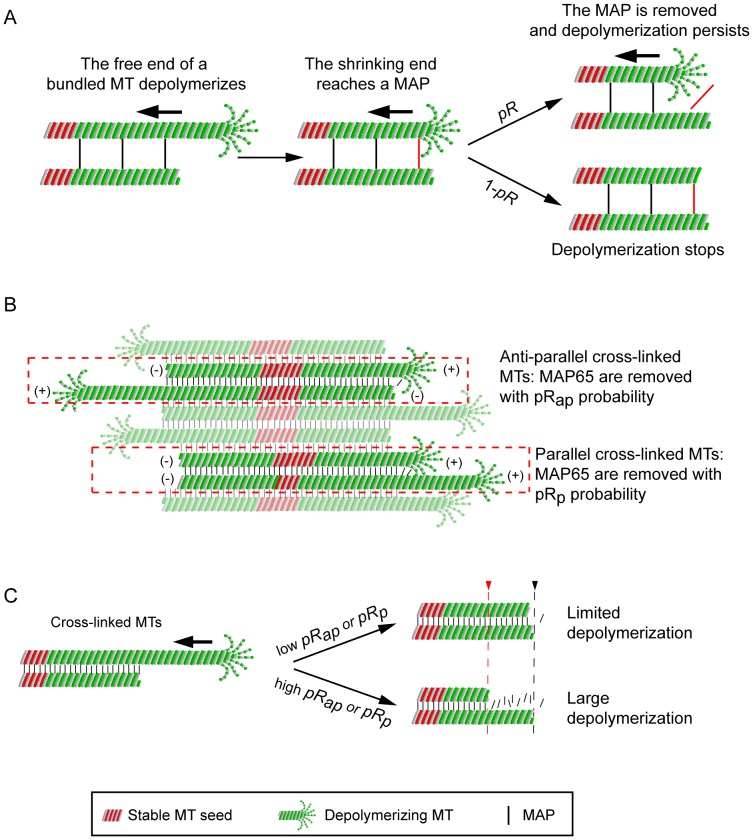Figure 4. A microscopic model for the growth of MTs in bundles.
(A). Rationale used to model the effect of a MAP65 bond on MT depolymerization. Stable MT seeds are in red, dynamic MTs are in green. For sake of simplicity, only one pair of MTs cross-linked by 3 MAP65 (bars) is shown. The upper MT end undergoes a catastrophe event (left panel) and MT depolymerizes until it reaches a MAP65 bond (shown in red) at the end of the cross-linked MT (middle panel). At this stage, the MAP65 either detaches from MT with probability pR (right, top panel), or stays bound to the MTs with a probability (1-pR) (right, bottom panel). In the first case, the MAP65 bond is removed and the MT continues to shrink. In the second case, the MAP65 bond resists MT depolymerisation, which stops. (B). During depolymerization, MAP65 (black bars) detaches from anti-parallel MTs with a probability pRap, or detach from parallel bundled MTs with a probability pRp. The color code is the same as in (A). (C). Effect of the value of pRap and pRp on the amplitude of MT depolymerization. The upper MT end undergoes a catastrophe event and MT depolymerizes (left panel) before it reaches the end of a cross-linked MT (right panel). At low pRap or pRp (top panel), most of the MAP65 molecules stay bound to the MTs. Therefore MT depolymerization is stopped at the vicinity of the end of the adjacent MT (black broken line). If pRap or pRp is high (labile MAP bonds; bottom panel), MT depolymerization may persist behind the end of a cross-linked MT, thus generating short bundles (red broken line).

